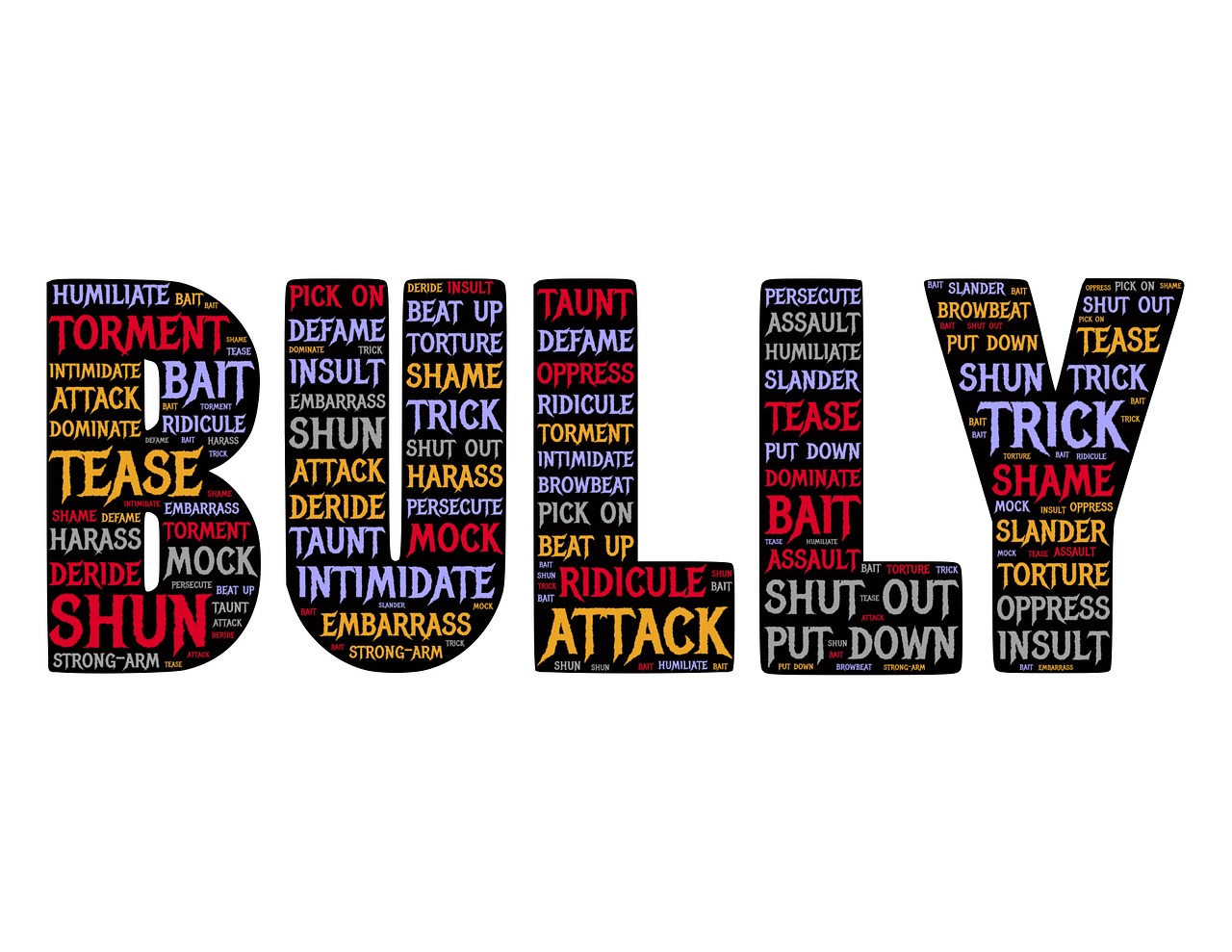
At some time during your involvement with community management you will be faced with a disaster. The question is, Will you be prepared?
When that first real disaster call comes to you it will stop you in your tracks for a moment, especially if it involves a life. But what happens after you take the call? In an instant you go from Community Manager to disaster scene coordinator. What steps do you need to take, what do you need to know and what really are your responsibilities?
Plan Ahead
The first step is to start planning well before any disaster has occurred.
Evaluate your community and identify all of your exposures. Do you have a self contained water system, pool, chlorine, chemicals, gasses, boilers, elevators, sprinkler systems, broken pipes, HVAC failure, dryer vents and so on? Then take into consideration mother nature with fire, water, hurricanes, tornados, ice and snow. You will need a plan for each of these exposures. Please keep in mind that each plan needs to fit your community structure. Do you have a high rise or a mid-rise? Then you should be having fire drills twice a year. Are you working on-site or managing a portfolio? Do you have a staff? Do you have several different buildings with different designs? Do you need an escape route? Where is the closest emergency shelter to the community?
The next step is to now say, "What would I do if?" Then take each one of the scenarios and start by making a written plan for each. Some of the agencies you can ask for help and collect information for your plan would be: your Local Fire and Law Enforcement Officials, your Township and Utilities Representatives, and your Insurance Company Representative. In addition, if you do have chemicals in your community, you should contact FEMA and the EPA who will also have mandatory guidelines for you to follow.
Gather all this information, create a draft plan and then send it to back to the agencies you first contacted for review and comment. Once the final plan is approved, make sure all of those same people receive a copy of each plan.
One additional tip would be to laminate the plans for future convenience. There is nothing more frustrating than trying to utilize wet, ripped, or scribbled plans at a disaster site.
When You Get The Disaster Call
- Have your disaster plan(s) with you or readily available.
- Notify your Association(s) Board of Directors
- Know where your special needs residents are and make appropriate arrangements for them to be removed and placed, if necessary.
- Have complete, updated homeowner directories available for notification.
- Know where and what your building systems are including, but not limited to: sprinkler systems, fire hydrant locations, utility shut-offs, natural gas pipelines, emergency lighting.
- Have community maps outlining important locations.
- Have keys, blue prints, codes, component and responsibility chart, emergency contacts, camera, and appropriate insurance information with you.

At The Disaster
- Life comes first
- Do the prudent thing
- Be a source of calm and order for everyone
- Work with all emergency personnel however possible
- If you have staff, each should have a specific job
- When you get to the scene, make contact with the senior official there.
- If warranted, contact the Red Cross or Salvation Army
- Take notes and business cards at the scene.
- Take charge and be message central for your community and all appropriate personnel.
After the Disaster
- Locate alternative housing for residents
- Locate temporary housing for pets
- Residents should have relocation coverage on their personal insurance. If they do not, put them in contact with the Red Cross or Salvation Army.
- While you are at the scene, contact the Association's insurance carrier.
- If there is a master association policy, call your fire restoration contractor to secure the property.
- If the coverage is by the homeowner's policy, assist the owners with this task.
- Coordinate utility shut off of homes or buildings, if necessary.
- If necessary, make sure your Township official or Fire Marshall releases the homes or buildings back to the Association. Only after that happens can anyone enter the premises.
- Secure the area
- Organize Charity donations
- Arrange Crisis Counseling
- Communicate, Communicate, Communicate
This is very important!
Inform your community of what happened and what steps are being taken to address the disaster. Please let them know that the timeframe for restoration is guided by many factors, such as investigations, insurance companies, Township ordinances, the ability to order and receive materialsetc. Continue to communicate until the conclusion of the restoration.
Restoration
With Association Master Policy
- Meet with insurance adjuster, restoration contractor, Township Code Enforcement officer and engineer. Inspect the property together and make sure everyone is abiding by all applicable building codes, upgrades and Association Architectural Guidelines.
- Be the liaison between the Association's adjuster, owners, and the owners' insurance adjusters. Using your component and responsibility chart, determine who is responsible for each component.
- Request a schedule for restoration so you can be proactive about the process and then inform the community.
Without Association Master Policy
- Be the liaison between the association, owners, and the owners' insurance adjuster.
- Encourage quick clean up of the damage.
- Make sure owners and restoration companies know where to find all applicable building codes as well as Association Architectural Guidelines. They must rebuild to current standards.
- Request a schedule for restoration so you are aware of the progress and can then inform the community
Conclusion
- Letters of thanks to fire department, ambulance, township
- Maybe a donation to same
- Invite the Fire Marshall, Township Officials, Red Cross and Association's insurance company to your next annual meeting. This will give them an opportunity to speak directly with the owners and be a source of information and direction going forward.
- Have a celebration in your community to signify a new beginning
The above is meant to be a guideline and should in no way be taken as an absolute for any disaster as the needs, documents and requirements for every community are different. That said, careful organization and frequent communication will assure that the process moves along as smoothly as possible.
 Print
Print Email
Email







